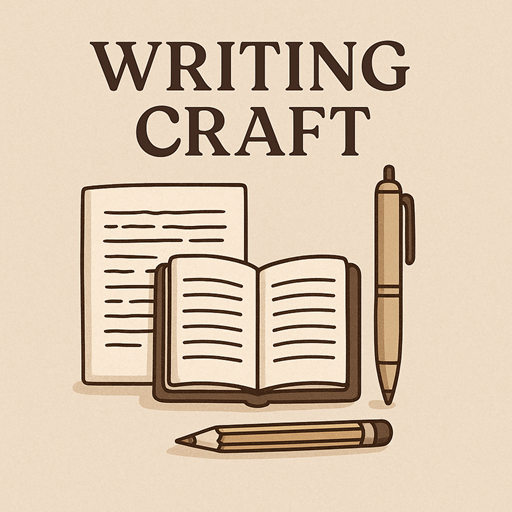If readers skip anything, it’s not dialogue.
They’ll skim description. They’ll hop over internal monologue. But when characters speak, readers lean in. Why? Because dialogue is where fiction breathes. It’s where characters drop their masks—sometimes deliberately, sometimes despite themselves. It’s where the interior becomes exterior. And it’s where your story’s emotional voltage gets conducted, wire to wire, character to character.
Dialogue is more than just talk.
It’s revelation. It’s interaction. And it’s one of the most effective tools you have for crafting tension, character depth, and story propulsion.
In dialogue, we don’t just hear what a character says—we feel who they are. Their rhythms, their evasions, their honesty or lack thereof. Their inner world is filtered through tone, timing, silence, contradiction. And crucially, it’s not happening in a vacuum. Dialogue is the arena where that inner world collides with someone else’s.
That makes it inherently dramatic.
So how do we write dialogue that lives up to its potential?
Here are some craft-tested principles I return to again and again:
1. Make It Conflict-Driven
Even small talk can bristle with subtext. Great dialogue isn’t about agreement—it’s about friction. Characters should want different things, even if they’re being polite (or especially if they are). Ask yourself: What does each person want in this scene? Then let their desires clash, subtly or spectacularly.
As James Scott Bell puts it in his excellent book Dazzling Dialogue, “Dialogue is war.” That doesn’t mean shouting matches. It means there’s always some pressure—an unmet need, an emotional push-pull, a risk of exposure.
2. Keep It Natural—But Not Too Natural
Real speech is full of ums, uhs, stumbles, tangents. You don’t want to mimic that. What you want is the illusion of natural speech. Dialogue should feel authentic while being artfully shaped. Every line should have purpose—revealing character, pushing tension, or advancing the plot.
Read your dialogue out loud. If it clunks, revise it. If it sings, you’ll hear it. It should sound distinctly different from the narrative text around it.
3. Avoid Exposition Dumps
Few things will snap the reader out of your story faster than a character delivering a TED Talk. If you need to convey background info, bury it in conflict or give it emotional weight. People rarely say what they’re supposed to say in the most direct way—they deflect, imply, dodge, or lash out. Let characters fight to hide or express what matters.
4. Use Silence and Subtext
What’s not said can be just as powerful as what is. Let tension build in the pauses. Let the reader feel the discomfort. Subtext is your secret weapon: when characters say one thing and mean another, your dialogue starts to crackle with realism and psychological depth.
5. Trim the Fat
James Scott Bell recommends something simple but powerful: “Put the best part of the line last.” End with the punch. Don’t crowd the page with throat-clearing. Dialogue is like poetry—it benefits from economy. A single sharp line can land harder than a paragraph.
6. Different Voices, Different Mouths
Each character should sound distinct. Think about vocabulary, rhythm, formality, emotional filter. One character might never use contractions. Another might be all slang and sarcasm. If you took the dialogue tags away, could you still tell who’s talking?
Final Thought: Let Them Be Themselves
Sometimes as writers we try to “guide” the dialogue too much—make it fit the plot, make it deliver the point. But the best dialogue often happens when we let go a bit. When we put two fully formed characters into a situation, give them something to care about, and then just…listen.
It’s not always what we expect. But it’s usually better.
And that’s the magic of dialogue.
It’s not just talk.
It’s truth in motion.


